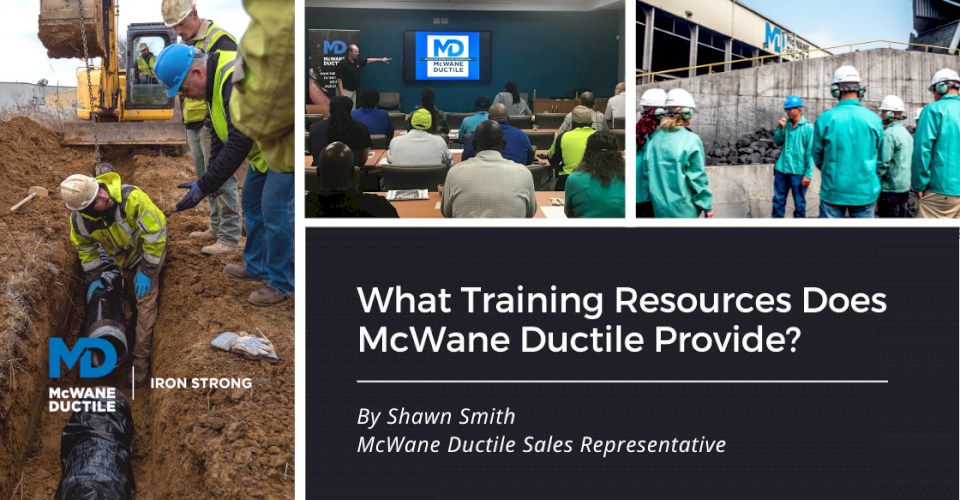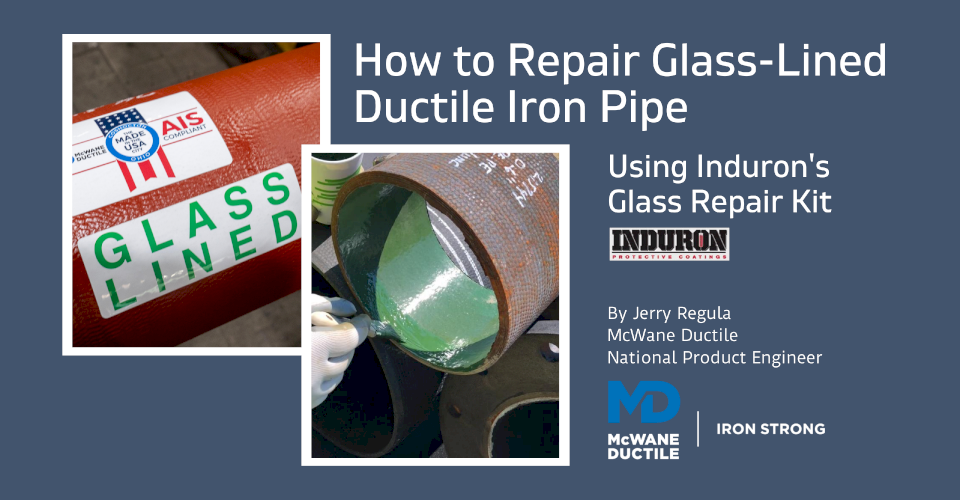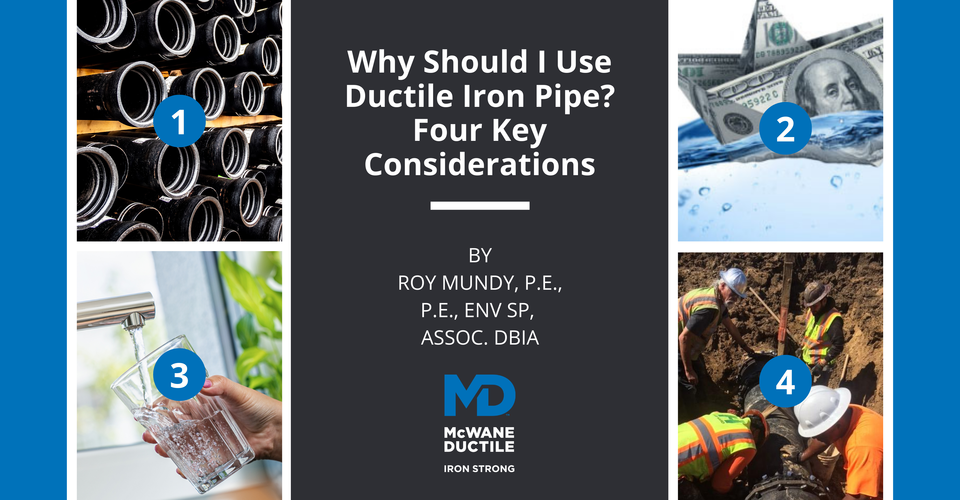-
What Training Resources Does McWane Ductile Provide?
08/09/2021 In Our Company ServicesAt McWane Ductile, we believe that training and continuous education for our staff and customers are vital to a company's success. Because of this, we offer a wide variety of training opportunities for water professionals throughout the industry. Here are the many training resources available to you.
-
How to Repair Glass-Lined Ductile Iron Pipe
08/12/2020 In Installation ProductsWhen discussing Ductile iron pipe (DI pipe) in corrosion-resistant applications, glass-lined DI pipe often comes to mind. Glass lining has often been the specified lining for DI pipe in sewer and chemical resistant applications. Common uses for glass-lined pipe are for situations such as a sludge line in a wastewater treatment plant or when harmful chemicals are present in the pipeline. There may be occasions in the field when patching of the glass lining may be necessary.
-
Why Should I Use Ductile Iron Pipe? Four Key Considerations
02/28/2019 In Environmental & Safety Installation Technical“Why should I use Ductile iron pipe?”
The question is ostensibly meant to include “instead of other types of piping material.” Well, the reasons are vast and vary depending on project requirements. Since we aren’t talking about a specific project, we’ll look at the general overriding reasons Ductile iron pipe is the best choice for your piping projects.
Latest Posts
- Developing an Asset Management Plan for Your Future Utility or Engineering Organization 12/04/2025 In Comparisons Industry
- Can Joining Water Works Industry Organizations Help You Grow Professionally? 10/21/2025 In Careers WaterWorks
- How Does Ductile Iron Pipe Provide Proven Resilience to Seismic Events? 09/04/2025 In Products Resiliency Technical
- How to Secure Green Reserve Sustainability Incentives Using State Revolving Funding & Ductile Iron Pipe 07/29/2025 In Energy Products Technical








